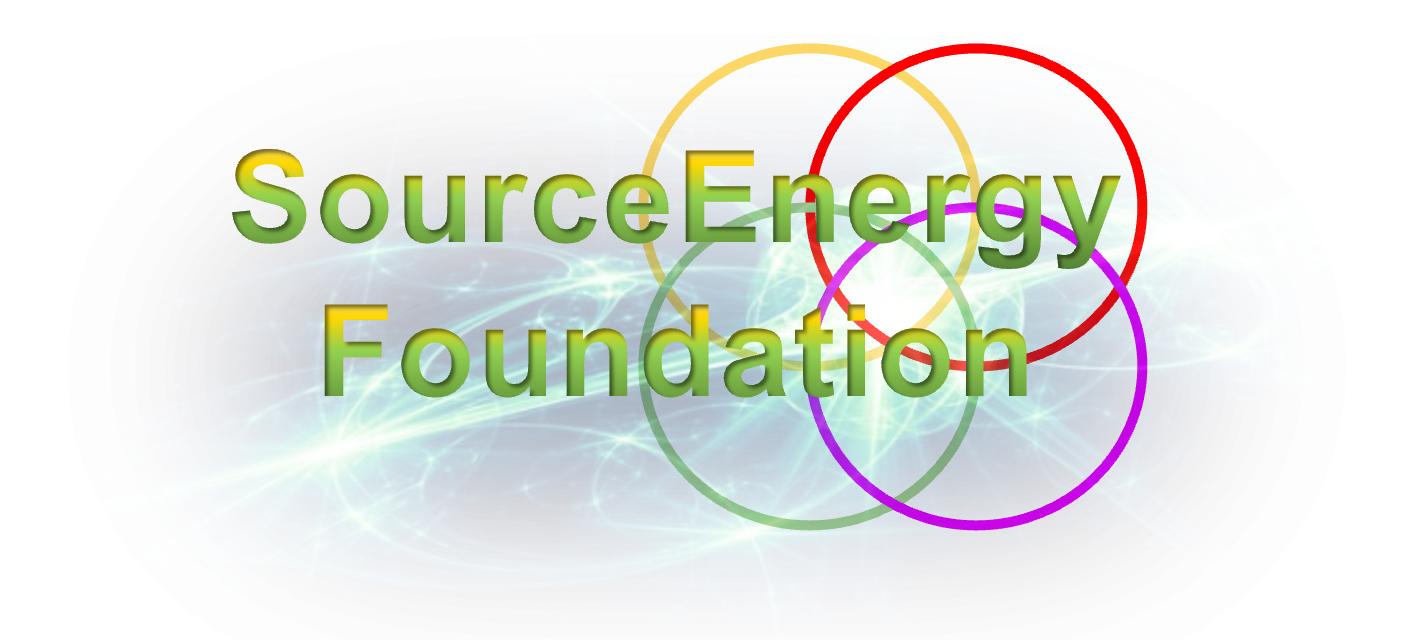Wealth Ecology 42 Stages
Building Generational Wealth, One Block at a Time
Interpreting the 42 stations within the Wealth Ecology Model framework requires a thoughtful integration of the model’s principles with the metaphorical journey of the Israelites. The narrative would be crafted in a manner that each block of stations reflects a critical phase in the journey towards a sustainable and equitable economy, as conceptualized in the Wealth Ecology Model.
Genesis Block: The Inception of Change
- Rameses: The starting point, representing the awakening to the need for systemic change.
- Sukkoth: Initial steps toward change, where the foundations of Wealth Ecology are laid.
- Etham: Edge of the wilderness; represents commitment to the principles amidst uncertainty.
- Pi-Hahiroth: Facing the Red Sea, symbolic of the daunting barriers to change.
- Marah: Bitter waters, representing early challenges in implementing new systems.
- Elim: An oasis with twelve springs, symbolizing the abundance that comes from cooperation.
- By the Red Sea: Reflects on past challenges and preparing for the journey ahead.
Source Block: The Exploration of Resources 8. Wilderness of Sin: Represents the ongoing struggle to balance needs and resources.
- Dophkah: A place of nourishment, symbolizing innovative economic solutions.
- Alush: The interdependence between the community and wealth creation.
- Rephidim: No water; signifies the challenges in resource management.
- Wilderness of Sinai: Receiving the law; foundational governance principles of Wealth Ecology.
- Kibroth-Hattaavah: Desires that lead to overconsumption, highlighting the need for restraint.
- Hazeroth: Disputes and leadership challenges; governance and conflict resolution.
Foundation Block: Establishing Systems and Structures 15. Rithmah: The site of growth, where Wealth Ecology principles take root in society.
- Rimmon Perez: Explosions of growth, representing rapid economic and social changes.
- Libnah: The white, symbolizing clarity and transparency in economic systems.
- Rissah: Dew, reflecting the nurturing of the Wealth Ecology Model in society.
- Kehelathah: Assembly, indicating community engagement in wealth distribution.
- Mount Shepher: Perspective, the need for foresight in economic planning.
- Haradah: Trembling, recognizing the fear of change and addressing it.
Time Block: Maturation and Resilience Building 22. Makheloth: Assembly, emphasizing the importance of collective decision-making.
- Tahath: Submersion, indicative of deep immersion in the Wealth Ecology principles.
- Tarach: Resting place, a metaphor for economic stability and sustainability.
- Mithcah: Sweetness, representing the fruits of a society built on Wealth Ecology.
- Hashmonah: Wealth, the result of ethical resource management and innovation.
- Moseroth: Bonds, symbolizing the connections and networks essential for wealth ecology.
- Bene-Jaakan: The children of twisting, suggesting adaptability and flexibility in systems.
Ecology Block: Integration with the Environment 29. Hor Haggidgad: The mountain of festivals, where economic success is celebrated sustainably.
- Jotbathah: Pleasantness, reflecting societal well-being within Wealth Ecology.
- Abrona: Crossing over, representing pivotal shifts towards sustainable practices.
- Ezion-Geber: The backbone, the structural integrity of an economy based on Wealth Ecology.
- Kadesh in the Wilderness of Zin: Holiness, denoting the sanctity of maintaining balance in wealth.
- Mount Hor: The mountain of the Wealth Ecology Model, a high point of economic and social achievement.
- Zalmonah: The shadow, indicating the protective oversight of equitable governance.
Empire Block: Expansion and Influence
- Punon: Precious stone, symbolizing the value of a society rich in Wealth Ecology.
- Oboth: Bottles, representing the containment and preservation of resources.
- Iye-Abarim: The ruins, learning from past economic failures to build a better future.
- Dibon-Gad: Overabundance, cautioning against the excesses of wealth and consumption.
- Almon-Diblathaim: Hidden cakes, the unseen wealth found in community and education.
- Mountains of Abarim: High perspectives, overseeing the Wealth Ecology landscape.
- Moab: The plains, a space to reflect on the journey and consolidate the Wealth Ecology gains.
In the Wealth Ecology Model, each station can serve as a metaphor for stages in developing a society that seeks to integrate energy, technology, community, and education into a cohesive and sustainable economic system. The journey through these blocks symbolizes the progression from initial change to the establishment of a new economic empire, infused with the principles of Wealth Ecology.
